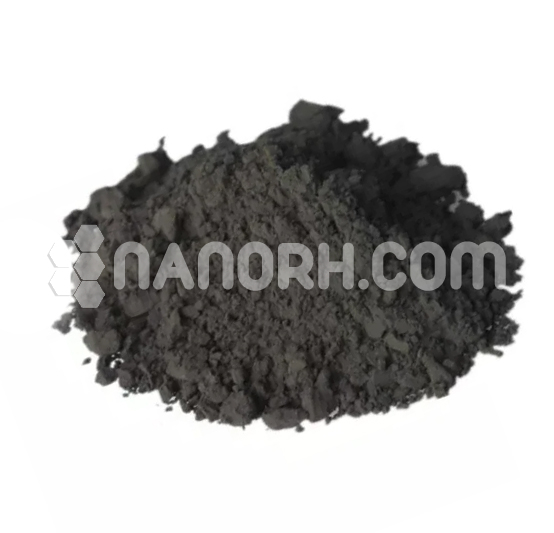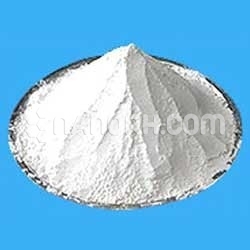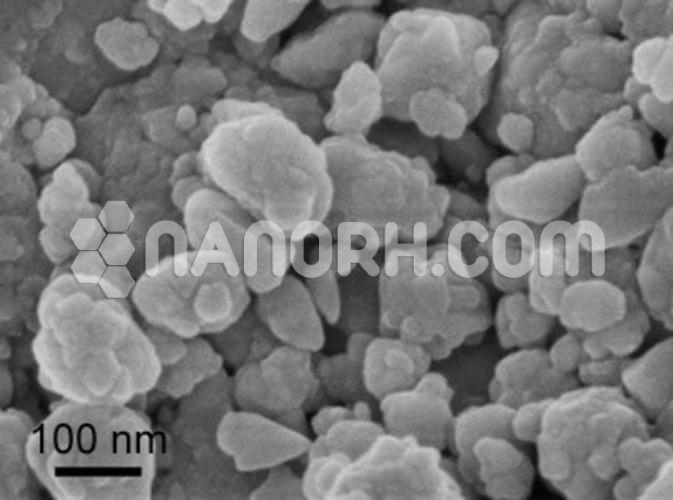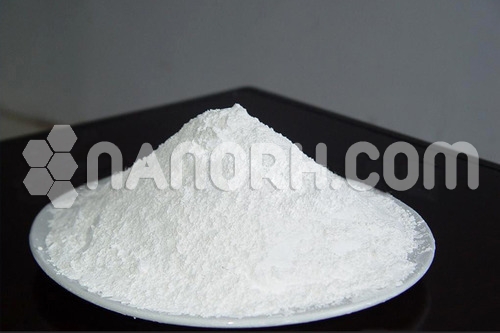| Bismuth Selenide Powder | |
| Product No | NRE-11031 |
| CAS | 12068-69-8 |
| Purity | 99.9% |
| Formula | Bi2Se3 |
| APS | <40 µm (Can be Customized) |
| Color | Dull Grey |
| Molecular Weight | 654.84 g/mol |
| Density | 6.82 g/cm3 |
| Melting Point | 710 °C |
| Boiling Point | NA |
Bismuth Selenide Powder
Bismuth selenide Powder (Bi2Se3) is a compound made up of bismuth and selenium. It is a semiconducting material that has gained significant interest in the field of condensed matter physics and materials science, particularly in the realm of topological insulators. Its unique electronic properties make it valuable for various applications, some of which include:
Thermoelectric Devices: Bi2Se3 is used in thermoelectric materials, where it can convert heat differentials directly into electricity. This property is particularly useful in applications such as waste heat recovery in power plants and industrial processes.
Spintronics and Quantum Computing: Its topological insulator properties make bismuth selenide a promising material for applications in spintronics and quantum computing. These applications require materials with specific electronic properties, making bismuth selenide a potential candidate for the development of next-generation computing technologies.
Optoelectronics: Bi2Se3 is also explored in the field of optoelectronics, including photodetectors and other light-sensing devices. Its unique electrical properties make it suitable for use in devices that require efficient light detection and conversion.
Thermoelectric Cooling: In addition to its thermoelectric energy conversion properties, bismuth selenide is also used for cooling purposes. It can be employed in devices for refrigeration and temperature control in various industries.
Catalysis: Bi2Se3 has shown promise as a catalyst in various chemical reactions. Its unique surface properties and reactivity make it suitable for use in catalytic processes for the production of various chemicals and materials.
Research and Development: Bi2Se3 is also widely used in research and development activities, especially in the study of topological insulators, quantum phenomena, and material science. Its unique electronic properties make it a valuable material for exploring novel physical phenomena and developing advanced materials for various applications.




